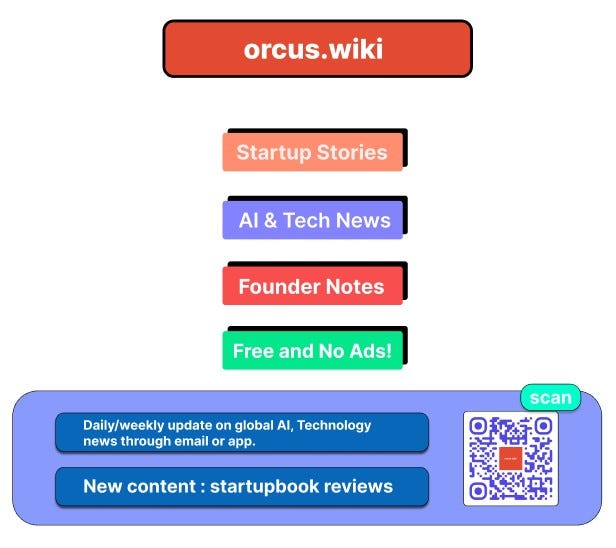Ever stared at a blank page and felt both terrified and thrilled at the same time?
That’s what starting a product from scratch feels like. It’s a mix of wild ideas, sleepless nights, caffeine-fueled creativity, and those quiet moments of “What if this actually works?” It’s messy, it’s emotional, and yet—it’s magical.
Let’s talk about how something goes from literally nothing to something real in the startup world.
Step 1: The Spark That Doesn’t Let You Sleep
Every product starts with a spark. It might be a frustrating experience you want to fix. A better way to do something. Or just an itch you can’t stop scratching.
You’re in the shower, or walking, or staring at your ceiling at 2 AM and bam—the idea hits. And suddenly, it won’t let you go.
This isn’t a business plan yet. It’s just energy. Raw and unfiltered. You feel a weird excitement, mixed with doubt. Can I do this? Should I even try?
But you write it down anyway.
Step 2: Reality Check
Now comes the part where you start talking to people.
Sometimes you get polite nods. Sometimes brutal honesty. Your best friend might say, “I don’t get it,” and your cousin says, “Someone already made that.” But if you're lucky, one person will say:
“Wait… that could actually work.”
You build confidence. A little validation goes a long way. But here’s the truth—doubt never really leaves. It just starts sitting in the backseat instead of holding the steering wheel.
Step 3: From Idea to First Sketch
You open a notebook or a design tool, and you sketch out how it might work. Not just what it looks like, but what it feels like. You map the flow. You argue with yourself.
What features matter? What can wait? You realize building everything at once is a trap.
This is the moment you learn a startup superpower: saying no to your own ideas.
Step 4: The Build Begins (and Everything Breaks)
You (or your team) starts building. The first version looks… let’s say “humble.”
Buttons don’t work. Errors pop up. You wonder if anyone would ever use this.
But then, piece by piece, it starts to take shape. And the first time you click something and it actually works?
Pure joy. Like seeing a heartbeat on an ultrasound.
Step 5: Feedback—The Good, the Bad, and the Ugly
You put it in the hands of real people. Maybe your friends, your mentors, or a few brave early users.
And here comes the rollercoaster.
“I love this part!”
“I got stuck here.”
“I don’t get what it does.”
Some feedback stings. Some boosts your ego. But all of it makes the product better. You learn to detach your ego from your creation and see it for what it is—a work in progress.
Step 6: The Pivot (It Happens to Everyone)
You realize something big isn’t working. Maybe people don’t want what you’re building, or they want something else more.
This is where founders earn their stripes.
You take a step back, reevaluate, and often, you pivot. Not because you failed, but because you're learning. And every product that works today was once a product that didn’t.
Step 7: The First Real Win
Maybe it’s your first customer. Your first review. Your first “I love this” from a stranger.
And that’s the moment you realize—you’ve built something out of nothing. Not perfect. Not finished. But real.
You started with an idea in your head. Now, people are using it. That’s no small thing.
The Human Truth Behind It All
Building a startup product isn’t just coding or designing. It’s dealing with imposter syndrome. It’s celebrating small wins. It’s pushing through when you're tired, broke, and unsure.
But it’s also seeing the future before others do—and pulling it into reality with your own hands.
So if you’re somewhere on that journey right now—sketching ideas, writing code, building alone at night—remember this:
You’re turning nothing into something. And that’s a kind of magic.
"The people who are crazy enough to think they can change the world are the ones who do."
- Steve Jobs
Check out our website -


